Emphasizing the increasingly serious air pollution situation, Deputy Prime Minister Tran Hong Ha requested immediate action to protect people's health.
On the morning of March 27, Deputy Prime Minister Tran Hong Ha chaired a nationwide online and in-person meeting to discuss comprehensive and urgent solutions to address air pollution in localities, especially Hanoi and Ho Chi Minh City - the two major cities with the most severe air pollution.
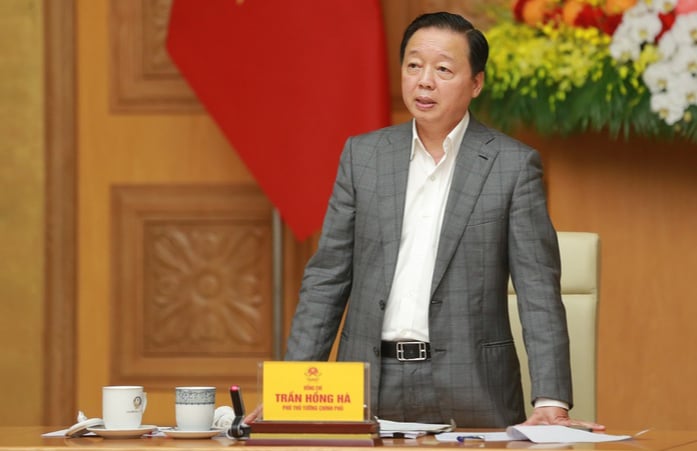
Deputy Prime Minister Tran Hong Ha speaks at the meeting. (Photo: VGP/Minh Khoi).
The Deputy Prime Minister emphasized the urgency and seriousness of air pollution in big cities, and requested agencies and localities to quickly deploy specific solutions, with clear responsibilities and a roadmap to improve the situation as soon as possible.
The Deputy Prime Minister pointed out that although the Law on Environmental Protection has stipulated the responsibilities of State agencies, local authorities, organizations and individuals in protecting the air environment, reality shows that the implementation of legal documents and action plans still has many shortcomings.
"We have laws, but without specific and drastic actions, the situation will not change," the Deputy Prime Minister emphasized.
Especially when big cities like Hanoi and Ho Chi Minh City are suffering from serious air pollution, the responsibilities of authorities and local leaders must be clearly defined and actions taken promptly.
"This is a meeting to propose specific solutions to address urgent problems that people are facing. We do not have much time to continue discussing, but must act now," the Deputy Prime Minister directed.
The Government will provide maximum support to localities in implementing measures to reduce air pollution, while closely checking and monitoring the progress of solution implementation.
Air pollution alarm in big cities
Deputy Minister of Agriculture and Environment Le Cong Thanh said that air pollution in large cities is a problem that has been developing in recent years, concentrated in two key economic areas in the north (around the capital Hanoi) and the south (around Ho Chi Minh City).
The main pollution components identified are road dust, PM10 dust and PM2.5 fine dust, occurring in the winter - spring months (from October to April of the following year).
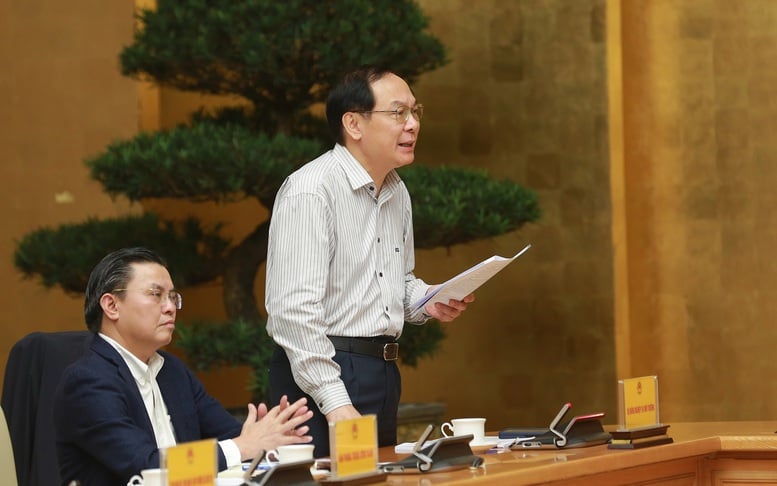
According to Deputy Minister of Agriculture and Environment Le Cong Thanh, the four biggest sources of air pollution in urban areas are traffic, construction, industrial production, and burning garbage and straw. (Photo: VGP/Minh Khoi).
The biggest source of air pollution in urban areas is traffic, including road dust, emissions from old and dilapidated vehicles, old diesel trucks, and construction material trucks (especially in Hanoi).
Besides, there are industrial production activities (mainly construction materials, cement, thermal power plants, iron and steel production); construction works without cover, without measures to prevent dust from spreading; and outdoor burning of garbage and straw.
The Ministry of Agriculture and Environment has proposed a number of urgent solutions that need to be implemented immediately to improve air quality.
Specifically, organizing supervision of construction works (urban construction; high-rise buildings; traffic works; public works; road and sidewalk improvement works), requiring dust cover and water spraying to reduce dust.
Route planning for trucks, control of old vehicles, and enhancement of public transport.
Increase street washing, dust sweeping, and install water sprinkler systems on main traffic routes.
Tighten management of post-harvest waste and straw burning, encourage recycling; assign and supervise the implementation of responsibilities of local authorities at district and commune levels.
Automatically monitor emissions from factories and strictly handle violations. Propagate and educate about the harmful effects of air pollution and mitigation measures.
In the long term, the Ministry of Agriculture and Environment recommends focusing on perfecting policies on emission control and green transformation; completing emission source inventories and organizing close monitoring.
Developing smart, environmentally friendly, green public transport systems; increasing investment in air quality monitoring, forecasting, and warning systems...
Focus on treating pollution sources
At the meeting, delegates exchanged experiences in effectively reducing air pollution in some major cities in the world, such as Beijing (China), including: Strictly controlling emission sources, switching to clean energy, encouraging public transport and electric vehicles, increasing tree planting, and applying pollution monitoring technology.
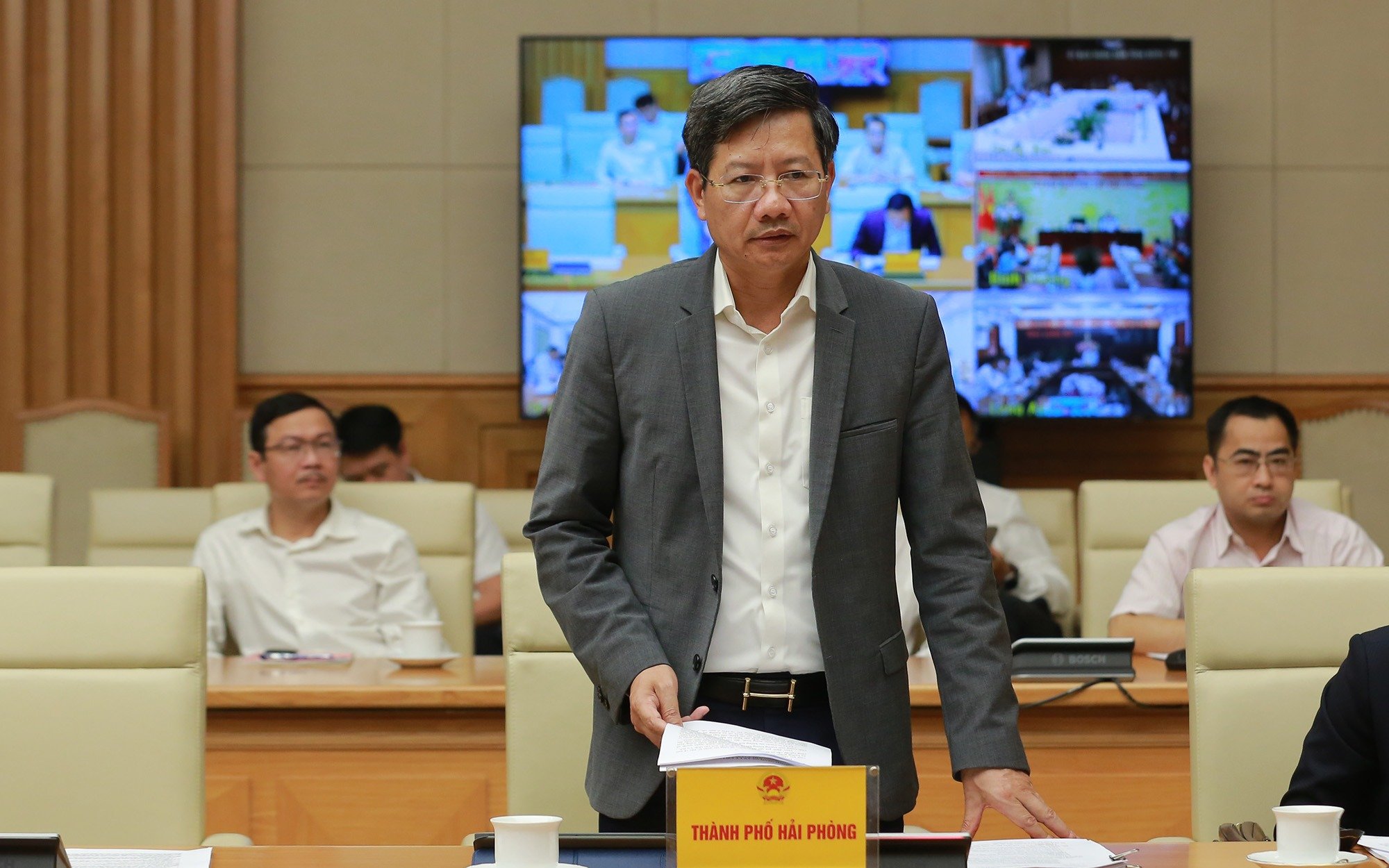
Hai Phong City representative shares experience in controlling air pollution. (Photo: VGP).
Leaders of the People's Committees of Hai Phong and Da Nang cities shared experiences in controlling air pollution, such as establishing a monitoring network; building a list of projects that are not encouraged for investment due to pollution; regularly assessing the pollution level of industrial production facilities, etc.
Leaders of the Hanoi Department of Agriculture and Environment and the Ho Chi Minh City People's Committee reported in detail on the local air pollution situation, the main causes of pollution, the responsibilities of relevant agencies and solutions to be implemented immediately.
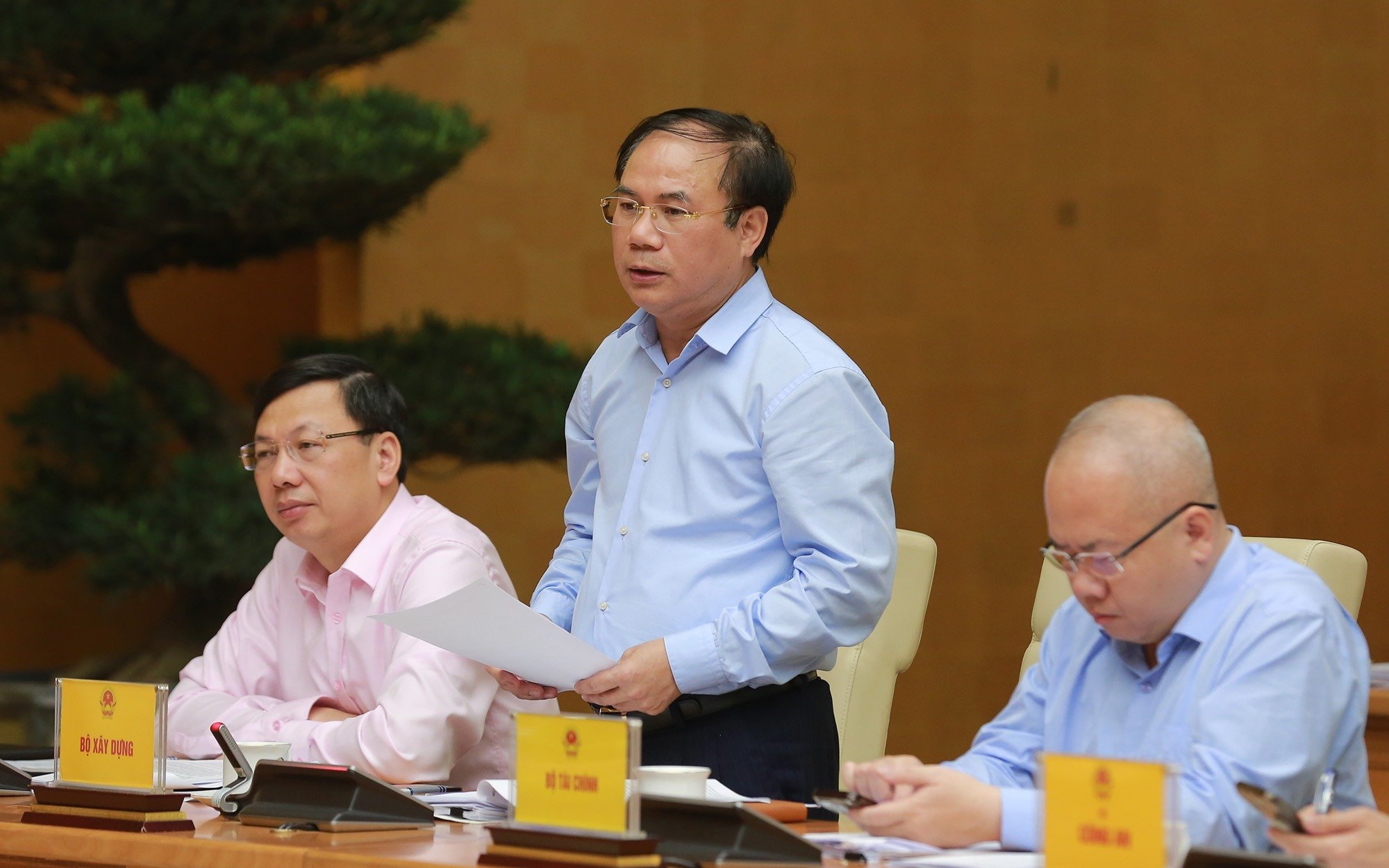
Deputy Minister of Construction Nguyen Van Sinh speaks at the meeting. (Photo: VGP).
Lieutenant General Tran Minh Le, Director of the Department of Environmental Crime Prevention Police (Ministry of Public Security) proposed to urgently put into operation and connect online all air monitoring stations, especially in big cities, such as Hanoi, to closely monitor and handle promptly.
Deputy Minister of Construction Nguyen Van Sinh said that, in the immediate future, big cities need to focus on handling sources of air pollution from traffic and construction activities such as: Conducting inspections of motorbike emissions, washing vehicles carrying materials, vehicles entering and leaving construction sites, covering construction sites, establishing centralized construction waste treatment areas...
Deputy Minister of Finance Do Thanh Trung proposed to develop an action plan on air pollution treatment with specific goals, as a basis for ministries, branches and localities to develop detailed plans and projects with allocation of resources for implementation; develop and promulgate economic instruments (taxes, fees), and strict sanctions to control and reduce sources of air pollution.
Building a national action plan
Concluding the meeting, Deputy Prime Minister Tran Hong Ha stated that there is still much work to be done to address environmental pollution in the face of the serious decline in air, water, and solid waste quality indicators.
In particular, environmental pollution and air pollution in some big cities have at some times seriously affected people's health.
"We need to build a national action plan to address air pollution, set annual targets and targets for the entire five-year period," the Deputy Prime Minister said.
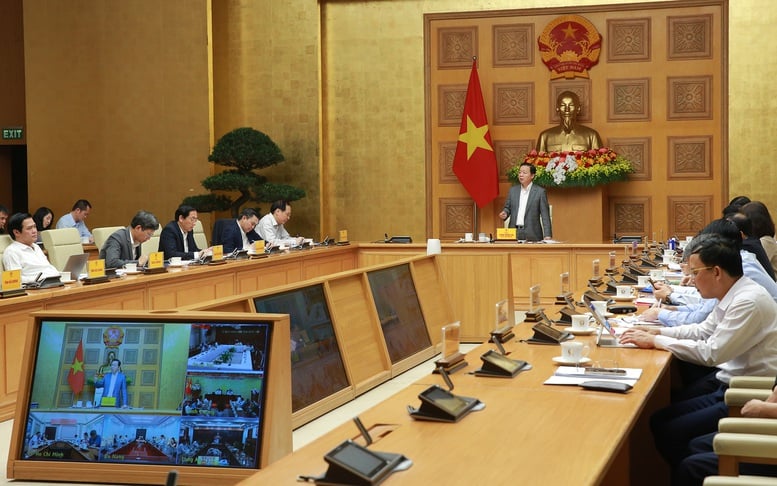
Deputy Prime Minister Tran Hong Ha assigned specific tasks to ministries, sectors and localities to soon complete and implement the national action plan on reducing air pollution. (Photo: VGP/Minh Khoi).
First of all, the Ministry of Agriculture and Environment will preside over and coordinate with ministries, branches and localities to comprehensively assess the picture of air pollution according to international standards nationwide as well as in each urban area and city, especially Hanoi and Ho Chi Minh City, and point out the sources of air pollution.
The Ministry of Agriculture and Environment is in charge of establishing a process for measuring and monitoring air quality indicators, forming an accurate and reliable monitoring system, focusing on key areas of air pollution, and transmitting data online to management agencies.
Ministries and sectors urgently develop and promulgate technical standards and regulations on air emissions for each sector and field, such as: Transport, construction, agriculture, industry, waste treatment; at the same time, allow provinces and cities to apply standards and regulations appropriate to the local pollution situation.
Specifically, the Ministry of Construction will research and promulgate regulations, standards, norms, and unit prices for the treatment and recycling of construction waste and support mechanisms and policies for enterprises handling construction waste (taxes, interest rates, land, etc.); review conditions and legal basis for implementing motorcycle emission inspection, sanctions for handling substandard vehicles, and support vehicle owners in installing emission reduction equipment.
Tighten monitoring of civil and industrial construction activities, especially in urban areas, using cameras for vehicles entering and leaving construction sites, having separate car wash areas, with shielding nets... strictly punishing violations; planning and arranging car wash stations before entering the city or urban area.
The Ministry of Agriculture and Environment will complete administrative sanctions for acts causing air pollution as stipulated in the Law on Environmental Protection; propose directions for purchasing and recycling straw and agricultural by-products, and have policies to support businesses.
Strengthen sanctions against units that collect and treat solid waste and hazardous waste in violation of regulations and release pollution into the air. If necessary, criminal prosecution must be applied.
The Ministry of Industry and Trade proposed a plan to relocate seriously polluting facilities in inner-city areas, or convert technology and have support policies.
The Ministry of Public Security focuses on handling serious violations in the treatment of solid waste and hazardous waste that cause air pollution; directs local police to coordinate in managing traffic order and safety appropriately, and adds authority to the traffic police force and grassroots police to monitor and handle violations in the fields of traffic and construction that cause air pollution.
Source: https://www.baogiaothong.vn/pho-thu-tuong-o-nhiem-khong-khi-nghiem-trong-khong-con-thoi-gian-de-ban-luan-192250327155008088.htm








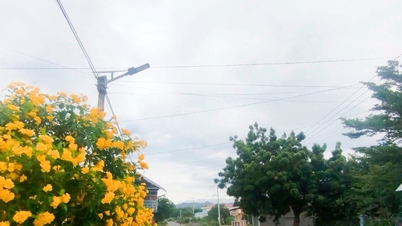

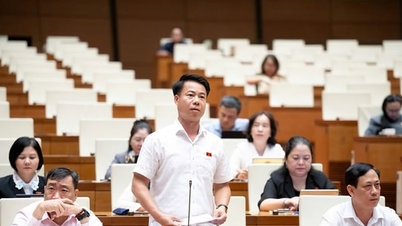

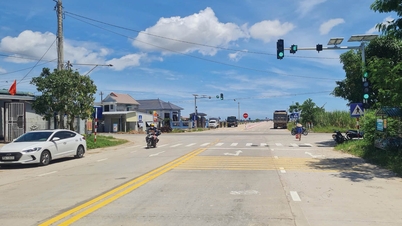



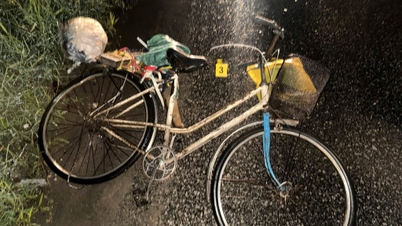
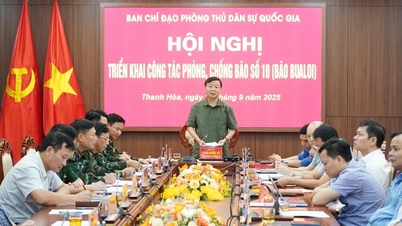
















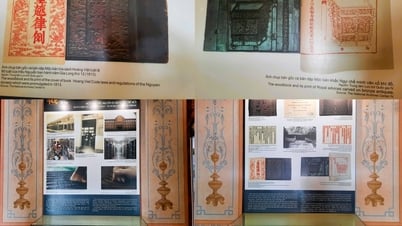
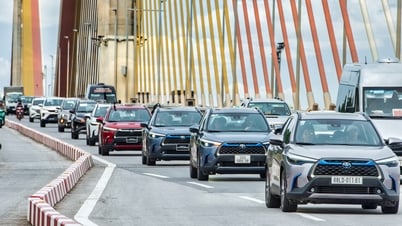

















































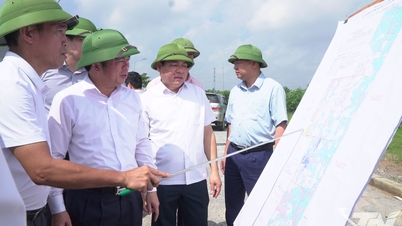



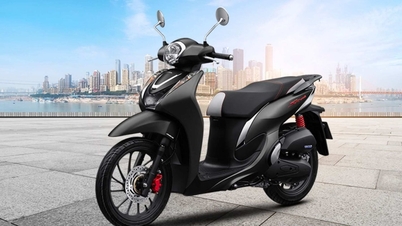

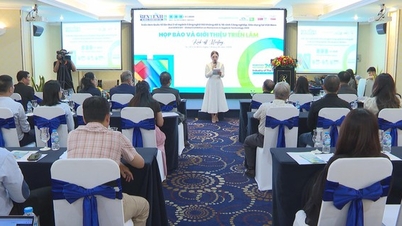

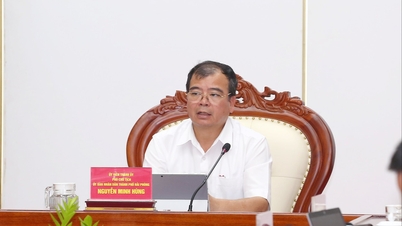













Comment (0)